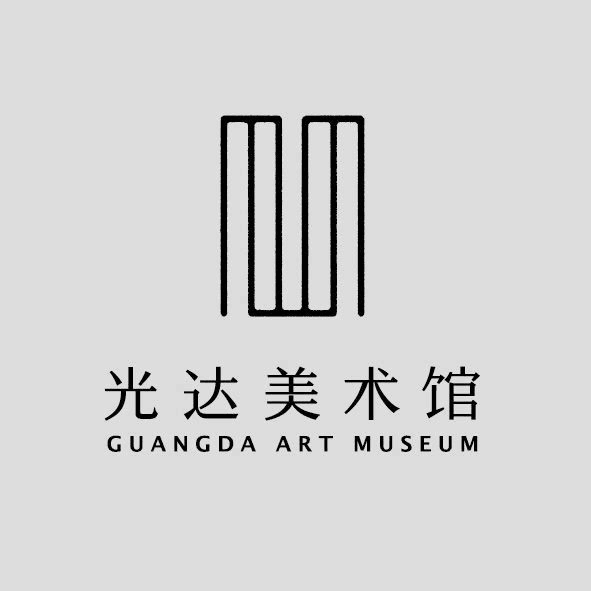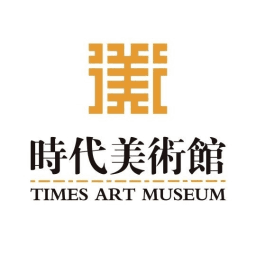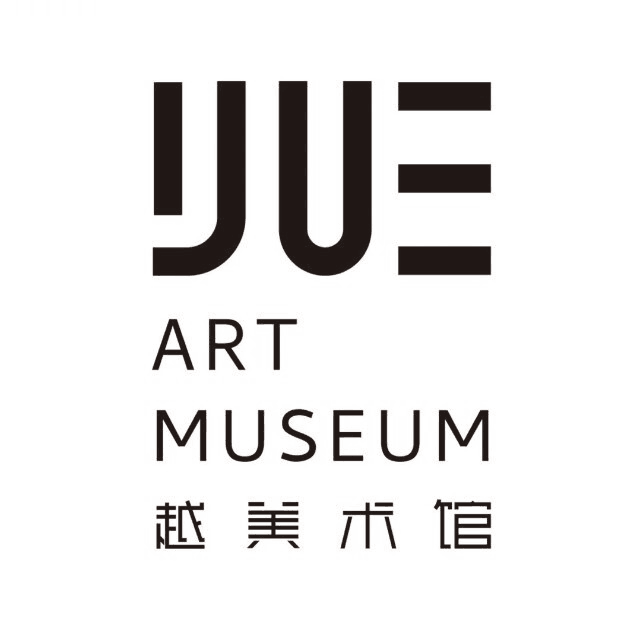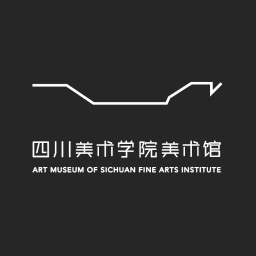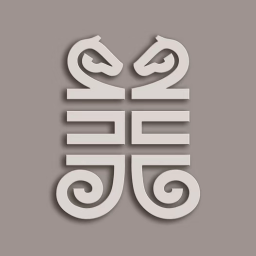










高雄市立美术馆成立于1994年,座落于高雄市都会西北位置之内惟埤文化园区内,为原「内惟埤」湿地之区域范围。区域北端的龟山、半屏山,与西侧南北向的寿山,汇聚了流经区内的爱河,共同形成区域周边山水环抱的景观。
内惟埤文化园区含括美术东二路、美术馆路、马卡道路以及明诚四路环抱之区域,占地43公顷。园区内除了以高雄市立美术馆为主体外,也设置了儿童美术馆、雕塑公园、湖区生态公园等,提供市民一个兼具艺术、文化、休闲、自然生态、教育的多元生活园区。
环绕高美馆四周,风情万种的小叶榄仁步道,被公认为拥有高雄最美的散步氛围,园区内妩媚的湖水重现了湿地原有的水文,透过多元地貌、生态工法与群众休憩分流,近年来生态复育有成,吸引了无数禽鸟娇客拜访或定居,形成一个生态多样性的热闹园区。
37件艺术雕塑静静地伫立在园区大自然中,晨昏尽展不同形貌特色,园区独有的南岛艺术品与特色植栽所形成的文化场域,来自高美馆多年的南岛当代艺术创作计划,宣示了台湾身为南岛文化血统起源的特殊性。
高美馆透过多元经营,著重使园区与美术馆整合,成为融合艺术、教育、自然、休闲的新式生活园地,并强化当代艺术、建筑、设计与社区营造之元素暨创意,开扩群众的视野,提供在地与国际、艺术与生态更多对话的机会。
The Kaohsiung Museum of Fine Arts (KMFA) is located in the Neiweipi Cultural Park, the original area of the Neiweipi Wetland, at the northwestern corner of Kaohsiung city. Love River runs through this area with Guishan and Banpingshan in the north and Shoushan that runs north and south in the west ofthe area, forming a scenic landscape embraced by mountainsand rivers.
The Neiweipi Cultural Park is an area of 40 hectares demarcated by Meishu E. 2nd Rd., Meishuguan Rd., Makadao Rd., and Mingcheng 4th Rd. The Cultural Park is known for its integration of cultural landscape and natural ecology. In addition to the premises of the KMFA, it also includes the Children’s Art Museum, the Sculpture Park, the Ecology Park, and the Austronesian Cultural Area, offering citizens a multi-functional living park with features of arts, culture, leisure, natural ecology, and
education.
Surrounding the perimeter of the KMFA, the alluring trail of Madagascar almonds is recognized as one of the most beautiful walking trail in the city. The park’s mesmerizing lake embodies the original ecological system of the wetland. Through the diverse topography, ecological engineering, and separating leisure areas for crowd and habitats for wildlife, the ecological restoration in the park has been tremendously successful, attracting innumerous precious wildfowls that visit or settle
down here and forming a lively park of eco-diversity.
Moreover, 37 sculptures tranquilly stand amidst the natural environs of the park, revealing changing looks and features at various moments of the day. The distinctive Austronesian artworks and characteristic plants in the park form a cultural site, which originates from the Austronesian Contemporary Art Development Project hosted by the KMFA for many years and demonstrates the uniqueness of Taiwan as the origin of Austronesian
cultural lineage.
In the future, Kaohsiung City’s overall urban planning will introduce major transportation improvements to the KMFA park, including the underground railway as well as the Museum station of the light rail transit system, bringing an expectable increase of tourists. Together with the expanding urban greenways and leisure facilities, the park shall become the most exuberant and lively “lungs of the city” in the urban area of northern Kaohsiung. The KMFA is expected to become a crucial interface that bridges and integrates the newly developed and historic neighborhoods, and revitalizes and increases the overall value of the area and its further development.
At this decisive moment of reformation, the KMFA team shall adopt diverse approaches of management to transform the entire park and museum into a site of new lifestyle that integrates arts, education, nature, and leisure life. We shall also incorporate more creative elements of contemporary art, architecture, design and community development to expand the public’s horizon and introduce more opportunities for carrying out dialogues between Kaohsiung and the world.
迈向新型态美术馆
Towards a New Museum
回顾过往两百多年的美术馆发展史,每一波美术馆的兴建风潮都是为了回应时代的变迁与社会文化的快速转变,重新思考美术馆与民众之间的互动关系,以及寻求美术馆在社会中更主动积极的定位。在2010年以降国内外方兴未艾的美术馆成立潮之中,高美馆更强调保持随时更新的心态与动能,在既有的研究、展览与教育推广基础上,继续前进。
The Louvre’s Abu Dhabi branch is expected to open in 2017, and has now entered the final count down. The Centre Georges-Pompidou has announced its plan to establish a Shanghai branch in China. Meanwhile, in Taiwan, the construction works of several museums are already in full swing. Taking a retrospective glance at the history of museum development over the past two centuries, each wave of new museums has been a response to the transitioning times and rapid socio-cultural changes. It was also an attempt to re-examine the interaction and relationship between museums and the public in order to find a more active and initiative position of museums in society. As the Kaohsiung Museum of Fine Arts (KMFA) faces the diverse modes of the contemporary life that emphasizes communication, learning, leisure, and entertainment, an important task for the museum at present is how to transform itself in order to match the public’s expectation.
营造独特空间氛围的艺术文化生活圈
Creating an Artistic and Cultural Life Circle with Unique Space and Ambience
人们来到美术馆的目的,除了静态地观赏作品、学习艺术知识之外,当代美术馆更强调提供来访观众不同于日常生活的空间体验。高美馆持续推动以高美馆为核心的生态艺术园区转型,透过多样性特色导览,以及在园区启动参与型的艺术展演活动,营造令人难忘的艺术文化生活圈。
Nowadays, when people visit a museum, in addition to quietly viewing artworks and learning about art, more importantly, they are offered an opportunity for a spatial experience that is different from their everyday life. The KMFA is richly endowed with forty hectares of greenland with ecological diversity and has the only independent Children’s Art Museum in Taiwan. While the Kaohsiung City is re-designing its overall cultural and leisure blueprint with major transportation construction, including the Taiwan Railway and Kaohsiung Rapid Transit underground projects and the newly added Museum Station of the Light Rail Transit, the KMFA is also striving to transform into an ecological and artistic park with the museum as its core. Through diversified and characteristic guided tours as well as introducing participatory exhibitions and performances in the park, visitors are offered a life circle of arts and culture centering on communication, learning, leisure, and entertainment.
组织改造以提升专业营运效能
Forming an Exchange Platform That Generates Creative Ideas
高美馆自2017年起正式归属于「高雄市专业文化机构」的行政法人组织之下。行政法人化之后的高美馆,得以组织型态的换轨,提升美术馆专业发展的竞争优势之外,同时也将更著力于美术馆的公共性及可及性,期望能更积极回应当前社会对美术馆的需求与期待。高美馆持续以成为提供遇见不同事物的交流平台与相遇之处为目标──遇见艺术作品、遇见艺术家、遇见艺术事件,甚至在观赏之际,遇见心中某个角落的自己。
Through offering a chance to encounter different things, the museum becomes a tangible as well asan intangible platform of exchange for the contemporary society. In the museum, visitors encounter artworks, artists, art events, and even the hidden self from some corner of their heart while viewing art. I expect that the KMFA can engage the audience in a more energetic and active way and further become the generator of urban creativity. You can look forward to the future when the KMFA becomes the
best destination filled with surprises and creativity in people’s daily life after the museum is completely transformed with its organization reformed and the exhibition facilities and hardware upgraded. Situated at a crucial juncture of Kaohsiung’s transportation network and as the core of the city’s cultural tourism, we shall endeavor in making the KMFA an essential hub of arts and life, culture and tourism, and for the local residents and the world—the creatively charged cultural institution that our
Kaohsiung citizens are proud of.
参观
开放时间 / Opening hours
周二至周日,上午09:30至下午5:30 (周一、除夕休馆)
Tuesday – Sunday: 9:30 a.m.-5:30 p.m. (closed on Mondays, Chinese New Year’s Eve)
交通
- 展览参观入口近美术东二路;
- 高雄市立美术馆美术东二路平面停车场入口动线更改, 请由美术东二路出入口进出;
停车
- 汽车收费标准:每半小时25元,未满半小时以半小时计价;每日最高200元;假日最高200元。
- 机车收费标准:每半小时10元,未满半小时以半小时计价;每日最高50元。
**无障碍机车停车需求 请看这里**
美术东二路停车场设有无障碍机车格共2格,请从机车入出口进出,离场前请洽嘟嘟房客服,告知身心障碍识别证号码,客服协助离开。
大众交通
- 高铁 左营车站
转乘台湾铁路区间车至美术馆站。
转乘公车红35A (金狮湖→捷运凹仔底站)。 - 台湾铁路 美术馆站
搭乘区间车至美术馆站。
出站沿人行道往美术馆路步行约10-15分钟 → 穿越美术馆路 → 沿美术馆路人行道往美术东二路步行约10-15分钟 → 由平面停车场进入,沿指示入馆。
(本站与轻轨C20台铁美术馆站共构,如欲前往美术馆亦可由此转搭乘至C21站下车) - 高雄捷运 轻轨C21.C21A站
C21站-美术馆站
往高雄市立美术馆 穿越平面停车场 → 沿步道步行约5-8分钟(轮椅使用者约20分钟) 。 - 高雄捷运 凹仔底站 → 转乘公车
1号出口:红35A、红32A 、红33明诚干线、168环状西干线。
2号出口:义大客运8502。
公共佳通
- 红25(高雄火车站 ← → 左营南站)‧下车车站:美术馆(中华艺校)
- 红32A(凹仔底捷运站 ← →国泰市场)‧下车车站:美术馆(中华艺校)
- 红33明诚干线(联合医院 ← → 凤山商工)‧下车车站:高雄市立美术馆站
- 红35A(金狮湖→凹仔底捷运站) ‧下车车站:美术馆(中华艺校)
- 红35A(凹仔底捷运站→金狮湖) ‧下车车站:高雄市立美术馆站
- 168环状西干线 (金狮湖→梦时代) ‧下车车站:美术馆(中华艺校)
- 73(建军站(卫武营捷运站) ← →左营市场)‧下车车站:美术馆(中华艺校)
自驾
- 国道一号
九如交流道(往高雄市区) → 九如路直行约20分钟 → 右转中华路直行 → 左转美术馆路经联合医院 → 停车场
鼎金系统交流道(往左营) → 国道10号 → 中华路出口 → 翠华路直行约15分钟 → 左转美术馆路 → 停车场 - 国道三号
燕巢系统交流道(往高雄)→ 国道10号(如国道1号鼎金系统路线)
竹田系统交流赵(往高雄)→ 台88号快速道路 → 接国道1号
参观须知 / Visitor Notices
- 未满12岁儿童,需由年满18岁之成人陪同,方可入场参观。
- 请勿携带动物、植物入馆,导盲犬除外。
- 参观时手机请调震动或静音;如有接听电话或聆听线上导览需求,请调降音量或带耳机。
- 请勿携带危险物品、尖锐器械、食物、饮料、气球、安全帽、自拍棒、摄影脚架等入馆;水壶、短伞、小型玩具请收纳于随身包后再入场(若随身包无法收入,应寄存),长伞(辅具除外)请置于伞架。
- 为维护展品安全,请勿在馆内穿著轮鞋或使用滑板、脚踏车、手推式儿童三轮车。
- 参观时请与作品保持安全距离;使用轮椅,请留意车体与展品间的距离。
- 为避免对作品造成不可逆伤害,展场内记事仅限用铅笔。
- 可携带小于A3速写本、铅笔及绘图板入场速写,为了维护观展秩序与展场动线,请留意不影响他人观展。
- 全馆展品除特别标示为「互动」目的设计者外,均禁止触摸。
- 全馆禁烟,展区内亦禁止饮食,含口香糖、槟榔、饮水等,如需饮水,请至饮水机旁区域。
- 为维护参观品质与智慧财产权,除标示不得拍摄作品外,开放非商业性拍照,但不得使用闪光灯、摄影脚架或其他人造光源等专业摄录影辅助设备,且不开放录影。
- 旅行袋、行李箱、背包(超过A3大小随身物件)应寄存;服务台提供大型行李寄放,地下楼提供免费投币式寄物柜服务,寄存物品限当日取回,本馆不负保管责任且有权进行处理。
- 展场禁止兜售、散发广告、宣传品或其他商业行为。
- Visitors under the age of 12 must be accompanied by an adult of at least 18 years old.
- Except for guide dogs, pets and plants are not allowed in the museum.
- When visiting the museum, please turn your cellphone to vibration mode or muted. If you need to answer a call or request an online guided tour, please lower the volume or use earphones.
- We ask you not to bring dangerous items, sharp objects, food, beverages, balloons, helmets, selfie sticks, and tripods to the museum. Upon entering, please place water bottles, short umbrellas, and small toys in your bags (if they do not fit, please leave them at the free coin lockers.) Long umbrellas (excluding assistive devices) should be stored at the umbrella stand.
- In order to protect all exhibits, roller skates, skateboards, bikes, and baby tricycles with push handles are not permitted inside the museum.
- As you admire the exhibits, please keep a safe distance from them; if any wheelchairs are used, please keep a distance between them and the exhibits.
- To prevent irreversible damage to the exhibits, pencils are the only means of taking notes at the museum.
- Touching is prohibited on all museum exhibits except those marked “for interactive purposes.”
- Smoking is prohibited throughout the museum. Eating, including chewing gum and betel nuts, as well as drinking water are also prohibited. Go to the areas where water dispensers are available to drink water if you need it.
- The photography of exhibits is allowed for non-commercial purposes unless specified otherwise to ensure a smooth visit and protect intellectual property rights. However, flashlights, tripods, and other auxiliary equipment that create artificial light for professional photography are not permitted. Video recording is also prohibited.
- Please store your travel bags, suitcases, and backpacks (personal items bigger than the size of A3) at the front desk where the storage service for large luggage is available. Free coin lockers are available in the basement. The stored items must be retrieved the same day they are stored. The museum is not responsible for these items and can dispose of them as it sees fit.
- Selling items, distributing flyers, and promotional materials, and engaging in any commercial activities are prohibited in all exhibition halls.
联系
地址 / Location
804407 高雄市鼓山区美术馆路80号 (展览参观入口近美术东二路)
80 Meishuguan Road, Kaohsiung 804407, Taiwan, R.O.C. China
邮编 / Zip code
电话 / Tel
(07) 5550331
传真 / Fax
(07)5550307
邮箱 / Email
servicemail2@kmfa.gov.tw

